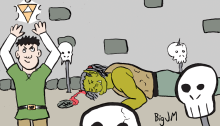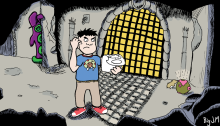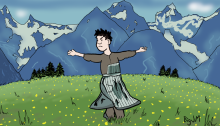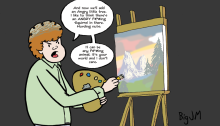What the Actual F$&% is an Adventure Anyway?
You can’t learn how to build adventures until you know what an adventure actually is. So sit down, Daniel-san, and listen to your Angry-senpai as I explain how encounter is like cracking an orc’s skull and watching it bleed. While holding the Triforce. I s$&% you not.







